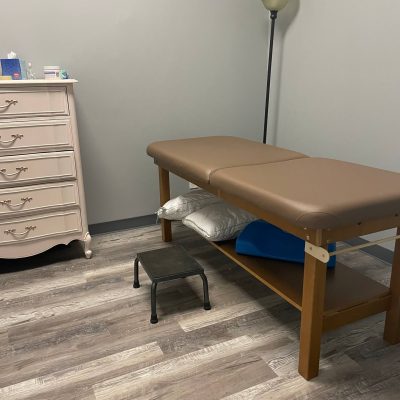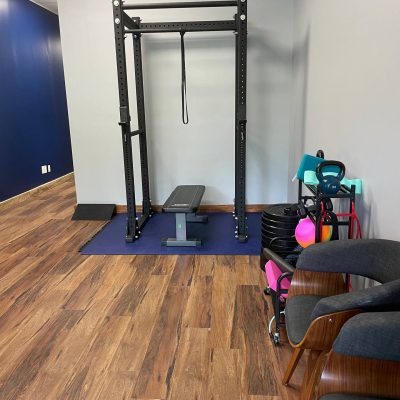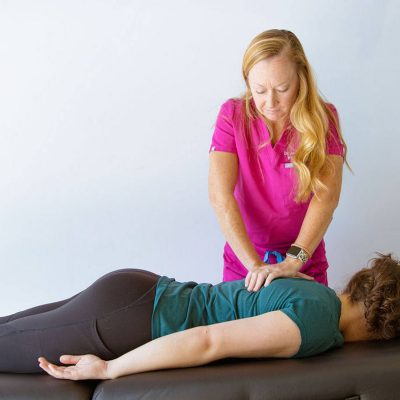What is Hypospadias? Hypospadias is a congenital condition in males where the urethral opening is not located at the tip of the penis but rather on the underside. This condition can vary in severity, with some cases being more complex than others. Hypospadias is usually diagnosed at birth and may require surgical intervention depending on the severity.
There are different types of hypospadias, categorized based on the location of the urethral opening:
- Distal Hypospadias: The opening is near the head of the penis.
- Midshaft Hypospadias: The opening is located along the shaft.
- Proximal Hypospadias: The opening is near the base of the penis or in the scrotum.
Each type presents unique challenges and may require different surgical approaches. Early diagnosis and a comprehensive treatment plan are essential for optimal outcomes.
Impact on the Pelvic Floor While hypospadias is primarily a structural issue, it can also have implications for the pelvic floor muscles. These muscles play a key role in urinary control, and any abnormality in the urinary tract can potentially affect their function. In some cases, children with hypospadias may experience issues with urinary control or may need assistance in learning how to effectively coordinate their pelvic floor muscles for proper function of bowel and bladder control.
The pelvic floor muscles support the bladder and bowel and are integral to maintaining continence. Disruption or dysfunction in these muscles can lead to challenges such as urinary incontinence, difficulty with bladder emptying, or even constipation. Understanding the relationship between hypospadias and the pelvic floor is crucial for addressing these potential issues.
Role of Pelvic Floor Physical Therapy Pelvic floor physical therapy can be an essential component of the treatment plan for children with hypospadias, particularly after surgical correction. Here’s how:
- Post-Surgical Recovery: Surgery for hypospadias often involves reconstruction of the urethra, which can lead to changes in the function of the pelvic floor muscles due to scar tissue adhesions. Physical therapy can help in restoring muscle function and ensuring proper healing. Techniques such as gentle stretching, manual therapy, and scar tissue release can promote tissue healing and reduce post-operative discomfort.
- Improving Urinary Control: Children with hypospadias may struggle with urinary control. A pelvic floor physical therapist can teach them exercises to strengthen and coordinate their pelvic floor muscles, improving bladder control and reducing the risk of incontinence. This is particularly important as children grow and become more active, as strong pelvic floor muscles support overall urinary function.
- Addressing Muscle Imbalances: Surgery and the associated healing process can sometimes lead to muscle imbalances or tension in the pelvic floor. Physical therapy can help in identifying and addressing these issues, ensuring a balanced and functional pelvic floor. By using techniques such as diaphragmatic breathing and biofeedback, therapists can provide real-time feedback to help children learn how to properly engage and relax their pelvic floor muscles.
- Educational Support: Both children and their parents may benefit from education on how to support pelvic floor health. This includes guidance on exercises, proper toileting habits, and overall pelvic health strategies. Education is a vital component of therapy, empowering families to take an active role in the child’s recovery and long-term health.
Therapeutic Techniques Used In treating children with hypospadias, we employ several gentle and child-friendly techniques:
- Biofeedback: This helps children understand how to control their pelvic floor muscles by providing visual or auditory feedback. It is a non-invasive method that can make learning muscle control more engaging and effective.
- Manual Therapy: Gentle techniques to help release tension and improve muscle function. This may include soft tissue mobilization and myofascial release to reduce any post-surgical adhesions or muscle tightness.
- Exercise Therapy: Age-appropriate exercises to strengthen and improve coordination of the pelvic floor and abdominal muscles. These exercises are often integrated into play activities, making therapy sessions enjoyable and less intimidating for young children.
- Behavioral Therapy: Guidance on healthy toileting habits and routines. This includes strategies for timed voiding, proper positioning during toileting, and recognizing the body’s signals for bladder and bowel movements.
Holistic Approach to Care Pelvic floor therapy (PT or OT) for hypospadias goes beyond addressing physical symptoms. It takes a holistic approach, considering the emotional and psychological well-being of the child. Surgery and medical treatments can be stressful, and children may experience anxiety or fear related to their condition. Therapists work closely with families to provide a supportive environment, helping children feel comfortable and confident in their care.
Conclusion Pelvic floor therapy can be a vital part of the comprehensive care for children with hypospadias. It supports the surgical outcomes, enhances urinary control, and helps in achieving optimal pelvic floor health. As pediatric pelvic floor therapists, our goal is to provide individualized care that meets the unique needs of each child, ensuring they can grow and thrive without the limitations that hypospadias might impose.
If you have any questions or concerns about how pelvic floor therapy can help your child, don’t hesitate to reach out.







